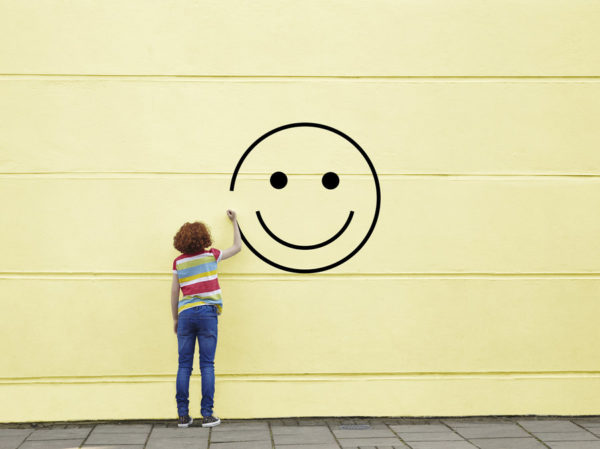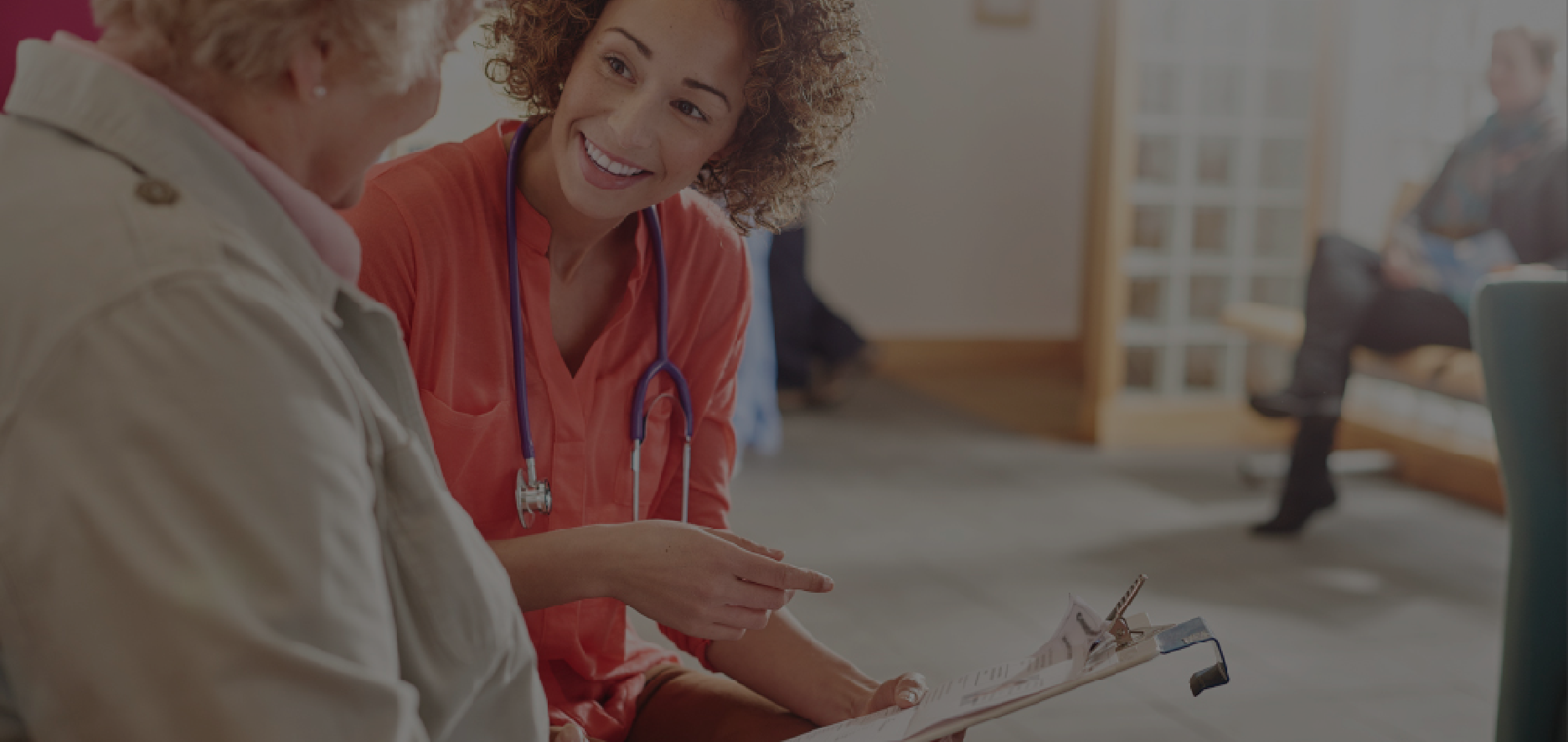***This is a synopsis of an article first published in TIME magazine.
Writer William Arthur Ward wrote: “Happiness is an inside job.” Neuroscientists agree; we are the gatekeepers and creators of our own happiness. A recent article in TIME magazine offers a glimpse inside our neural pathways, brain chemistry and behavior that orchestrate our state of happiness.
Alex Korb, PhD UCLA neuroscience researcher and author of The Upward Spiral: Using Neuroscience to Reverse the Course of Depression, One Small Change at a Time offers insights into his research and four rituals you can do to help increase your state of happiness:
- Ask, “What am I grateful for?” No answers? Doesn’t matter. Just searching helps.
“The benefits of gratitude start with the dopamine system, because feeling grateful activates the brain stem region that produces dopamine. Additionally, gratitude toward others increases activity in social dopamine circuits, which makes social interactions more enjoyable…One powerful effect of gratitude is that it can boost serotonin. Trying to think of things you are grateful for forces you to focus on the positive aspects of your life. This simple act increases serotonin production in the anterior cingulate cortex. It’s not finding gratitude that matters most; it’s remembering to look in the first place. Remembering to be grateful is a form of emotional intelligence. One study found that it actually affected neuron density in both the ventromedial and lateral prefrontal cortex. These density changes suggest that as emotional intelligence increases, the neurons in these areas become more efficient. With higher emotional intelligence, it simply takes less effort to be grateful,” writes Dr. Korb.For more on how gratitude can make you happier and more successful, click here. - Label those negative emotions. Give it a name, and your brain isn’t so bothered by it.Dr. Korb explains, “…in one fMRI study, appropriately titled “Putting Feelings into Words” participants viewed pictures of people with emotional facial expressions. Predictably, each participant’s amygdala activated to the emotions in the picture. But when they were asked to name the emotion, the ventrolateral prefrontal cortex activated and reduced the emotional amygdala reactivity. In other words, consciously recognizing the emotions reduced their impact…”
According to the author of Your Brain at Work: Strategies for Overcoming Distraction, Regaining Focus, and Working Smarter All Day Long: “To reduce arousal, you need to use just a few words to describe an emotion, and ideally use symbolic language, which means using indirect metaphors, metrics, and simplifications of your experience. This requires you to activate your prefrontal cortex, which reduces the arousal in the limbic system. Here’s the bottom line: describe an emotion in just a word or two, and it helps reduce the emotion.”
The ancient practice of Meditation has used this method for centuries and labeling is a foundational tool of mindfulness. - Decide. Go for “good enough” instead of “best decision ever made on Earth.”The stages prior to making a decision are unstable and dangerous grounds to stand on for too long. Happiness resides when the decision has been made; worry and anxiety diminish.Dr. Korb states: “Making decisions includes creating intentions and setting goals — all three are part of the same neural circuitry and engage the prefrontal cortex in a positive way, reducing worry and anxiety. Making decisions also helps overcome striatum activity, which usually pulls you toward negative impulses and routines. Finally, making decisions changes your perception of the world — finding solutions to your problems and calming the limbic system.”
Although making decisions are hard, making a “good enough” decision staves off the out of control feelings that overwhelm us when we try to make the “perfect” decision.
“Trying for the best, instead of good enough, brings too much emotional ventromedial prefrontal activity into the decision-making process. In contrast, recognizing that good enough is good enough activates more dorsolateral prefrontal areas, which helps you feel more in control…Actively choosing caused changes in attention circuits and in how the participants felt about the action, and it increased rewarding dopamine activity,” explains Dr. Korb. “We don’t just choose the things we like; we also like the things we choose.”
- Hugs, hugs, hugs. Don’t text — touch. Feeling loved, accepted and appreciated by others is the primary source of our wellbeing. When we don’t feel loved, we feel pain.
Neuroscientists did a study where people played a ball-tossing video game. The other players tossed the ball to you and you tossed it back to them. Actually, there were no other players; that was all done by the computer program. But the subjects were told the characters were controlled by real people. So what happened when the “other players” stopped playing nice and didn’t share the ball? Subjects’ brains responded the same way as if they experienced physical pain. Rejection doesn’t just hurt like a broken heart; your brain feels it like a broken leg: In fact, as demonstrated in an fMRI experiment, social exclusion activates the same circuitry as physical pain… at one point they stopped sharing, only throwing back and forth to each other, ignoring the participant. This small change was enough to elicit feelings of social exclusion, and it activated the anterior cingulate and insula, just like physical pain would.
Dr. Korb proves through his research that touching someone you love reduces pain: “One of the primary ways to release oxytocin is through touching. Obviously, it’s not always appropriate to touch most people, but small touches like handshakes and pats on the back are usually okay. For people you’re close with, make more of an effort to touch more often. In addition, holding hands with someone can help comfort you and your brain through painful situations. One fMRI study scanned married women as they were warned that they were about to get a small electric shock. While anticipating the painful shocks, the brain showed a predictable pattern of response in pain and worrying circuits, with activation in the insula, anterior cingulate, and dorsolateral prefrontal cortex. During a separate scan, the women either held their husbands’ hands or the hand of the experimenter. When a subject held her husband’s hand, the threat of shock had a smaller effect. The brain showed reduced activation in both the anterior cingulate cortex and dorsolateral prefrontal cortex — that is, less activity in the pain and worrying circuits. In addition, the stronger the marriage, the lower the discomfort-related insula activity.”
Research shows getting five hugs a day for four weeks increases happiness big time. And, if you don’t have someone to hug or hold hands with, go get a massage! It creates the same response: “The results are fairly clear that massage boosts your serotonin by as much as 30 percent. Massage also decreases stress hormones and raises dopamine levels, which helps you create new good habits… Massage reduces pain because the oxytocin system activates painkilling endorphins. Massage also improves sleep and reduces fatigue by increasing serotonin and dopamine and decreasing the stress hormone cortisol.”
With our busy lives these days, we tend to rely on texting as our mode of communication, but it’s been proven: our bodies respond to texting the same as if they had no support at all, in fact they had “cortisol and oxytocin levels similar to the no-contact group.”
Everything is interconnected. Gratitude improves sleep. Sleep reduces pain. Reduced pain improves your mood. Improved mood reduces anxiety, which improves focus and planning. Focus and planning help with decision making. Decision making further reduces anxiety and improves enjoyment. Enjoyment gives you more to be grateful for, which keeps that loop of the upward spiral going. Enjoyment also makes it more likely you’ll exercise and be social, which, in turn, will make you happier.
Make a counseling appointment if you or someone you know is struggling to find happiness.
Comments are closed.



